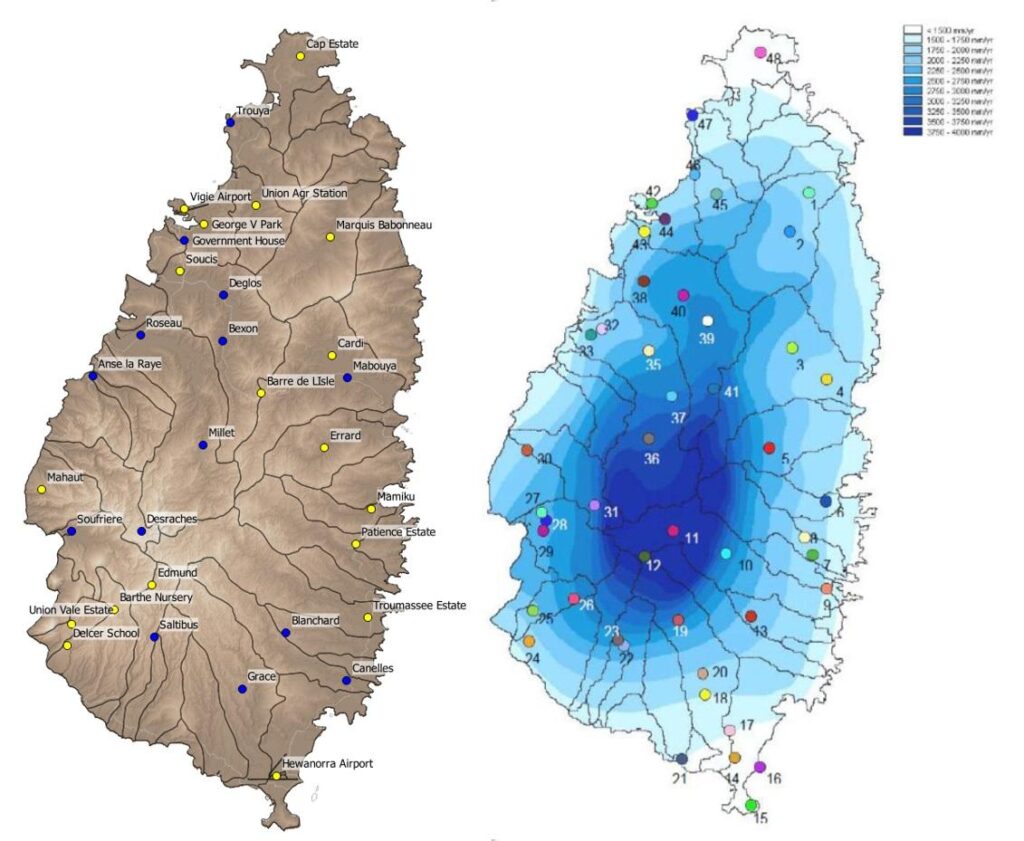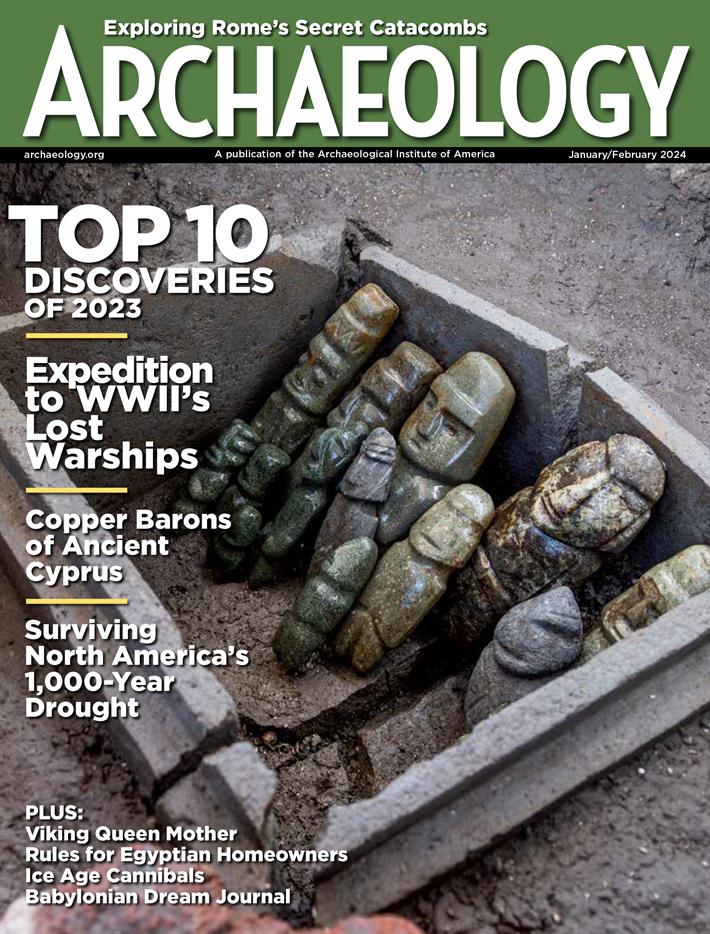In the dusty, windswept landscapes of Niger, where ancient geology meets modern scientific intrigue, a remarkable tale of cosmic proportions is unfolding. The discovery and subsequent sale of the largest Martian meteorite ever found on Earth has sparked an official investigation, casting a spotlight on the complex intersections of scientific research, international trade, and potential archaeological treasure.At the heart of this narrative lies a $5 million transaction that has raised eyebrows and questions among researchers, collectors, and government officials alike, promising to reveal a story as vast and mysterious as the red planet itself. In the realm of scientific curiosity and potential geological treasure,a controversial transaction has sparked intrigue and legal scrutiny in Niger. The sale of a massive Martian meteorite, fetching a staggering $5 million, has become the focal point of a complex investigation that delves into the intricate world of extraterrestrial rock trading.
The meteorite in question,a colossal fragment believed to be the largest Mars rock ever discovered on Earth,has raised eyebrows among planetary scientists,collectors,and government officials. Its journey from a remote desert landscape to the hands of an international buyer has triggered a cascade of questions about ownership, provenance, and the ethical boundaries of meteorite commerce.
Geological experts suggest that this particular specimen represents an extraordinary find. Originating from the Red Planet’s surface, the rock carries intrinsic scientific value that extends far beyond its monetary worth. Each such meteorite provides researchers with unprecedented insights into Mars’ geological history, potential past environments, and the possibility of ancient microbial life.
The Nigerien government’s investigation centers on multiple complex layers. Questions about the rock’s initial discovery, extraction methods, and the legality of its subsequent sale have become paramount. Local authorities are meticulously examining documentation, tracing the meteorite’s path through various hands, and determining whether international protocols for scientific specimen trading were appropriately followed.
Collectors and planetary science enthusiasts worldwide have been watching this unfolding drama with intense interest. The multimillion-dollar price tag underscores the remarkable value placed on extraterrestrial fragments,transforming geological specimens into sought-after commodities that bridge scientific research and high-stakes collecting.
Legal experts point out that the investigation isn’t merely about the financial transaction but perhaps addresses broader issues of national geological heritage.Niger, like many countries with meaningful meteorite-rich territories, seeks to protect its natural scientific resources and ensure that such discoveries contribute to national research capabilities.
The meteorite’s composition, likely containing microscopic details about Martian geological processes, makes it a potential scientific goldmine. Research institutions and space agencies are keenly monitoring the investigation, understanding that such rare specimens offer unprecedented windows into planetary formation and evolutionary processes.
As the investigation continues, the global scientific community remains captivated. The saga highlights the complex intersections of scientific discovery, international law, and the inherent human captivation with objects that transcend our terrestrial boundaries, carrying stories from distant planetary landscapes.









